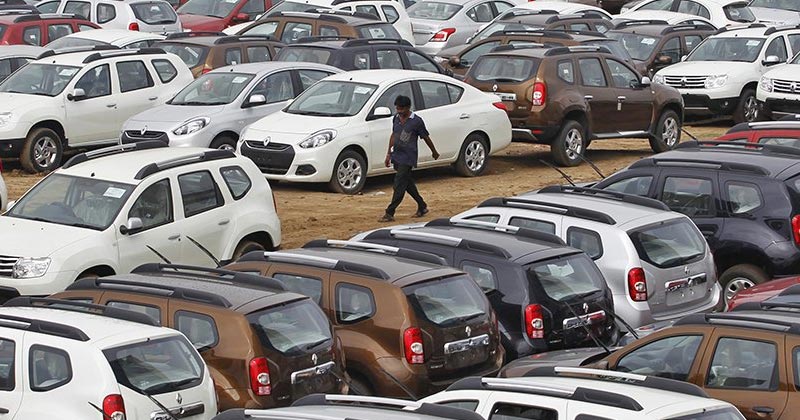Three years back in time, and this is fiscal year 2018, the amount of jobs that the auto sector generated in the country where cars are more and parking spaces too often too less, were about 1.36 million people.
While 2020 saw empty- or very nearly empty- showrooms all thanks to the Coronavirus pandemic, 2019 was thriving as per normal. And here we are, in the final quarter of a brand new year that was again crucified by new virus variants.
Yet, what hasn’t changed all that much is the enthusiasm surrounding the Auto sector in a country that’s a bit more than a giant employer of people. It’s one of the barometers with which one can gauge the pulse of the economy, an economy that is so keen to thrive amid situations that are terse, given the rising unemployment and the constant juggling on has to do between the number of jobs available vis-a-vis the job aspirants.
Right?
That being told, one of the prime forces that can revive a sector that’s ever keen in its contribution to the GDP growth or national growth of the country, i.e., the cabinet has spoken recently.
And spoken it has boldly about some interesting plans that can further boost a space that forms a dominant discourse of the Indian economy.
The Cabinet has plans! Big plans, as a matter of fact.
So what are they?
Let us delve deep into what a latest report published on the NDTV news network had to say on the key story from the heart of India:
The government today cleared approximately ₹ 26,000 crore worth new production-linked incentive (PLI) scheme for the auto sector, to boost the production of electric vehicles and hydrogen fuel vehicles. The PLI scheme will generate as many as 7.5 lakh jobs for the auto sector, as per government estimates.
Last year, the government had announced the scheme for the automobile and auto components sector with an outlay of ₹ 57,043 crore, for a period of five years. The Cabinet has reduce the scheme for the sector to ₹ 25,938 crore to shift focus on hydrogen fuel vehicles and electric vehicles.
The auto component segments that are covered under the PLI scheme include electronic power steering system, automatic transmission assembly, sensors, sunroofs, supercapacitors, adaptive front lighting, tyre pressure monitoring system, automatic braking, tyre pressure monitoring system, and collision warning system.
Now the above told, here’s what is a matter of concern where the ongoing year is concerned, even as we are what just three months away from hitting 2022.
And the following should essentially highlight why the auto sector and its constant growth is fundamental to the country:
In the very year where COVID 19 stung the world bitterly, here in India, no fewer than 3.45 lakh people, approximately speaking, lost their jobs in the auto sector in one of the world’s largest democracies. This wasn’t just a bad news, it was torrid beyond imagiation.
Think of the car salesmen, the repair workers, the mechanics, the owner of showroom and whatnot. Then those who dabble with marketing and sales (Corporate, showroom) with auto!
If India is to prosper like it should, we need such valid support from the Cabinet, the likes of which we read in this piece as per the news inputs. Little else would offer any considerable moment of reprieve in this difficult time.


